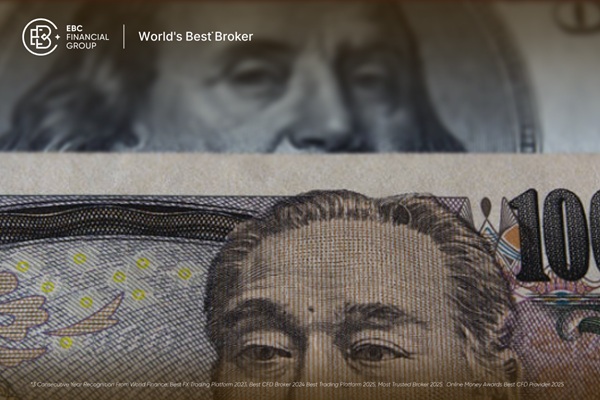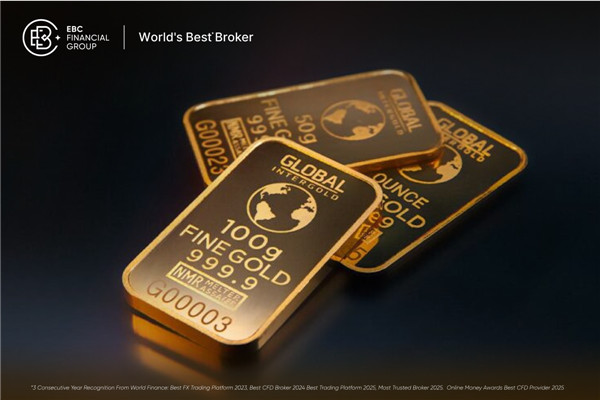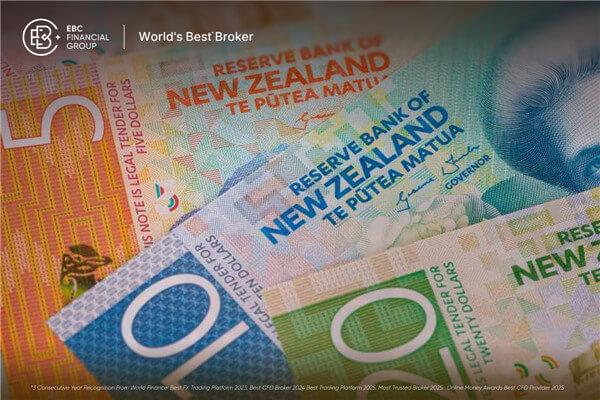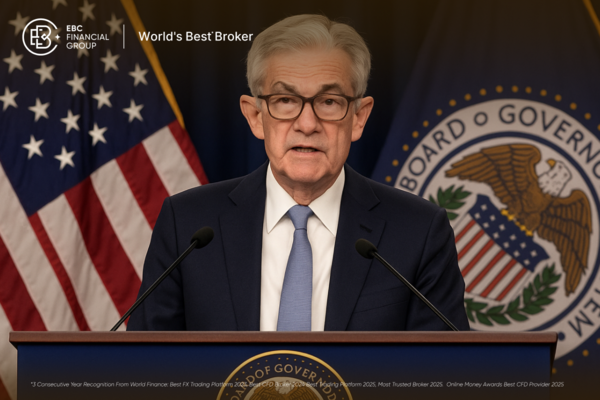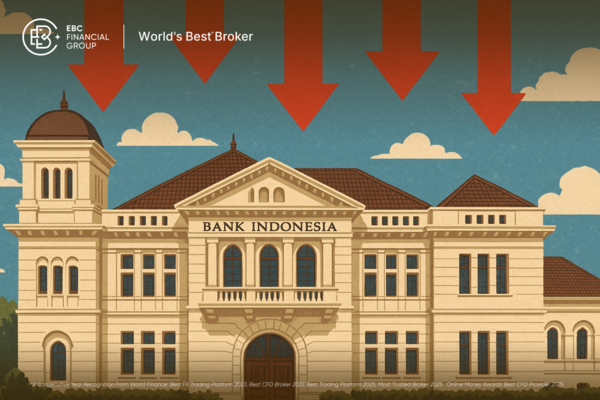Don't always think about profits, think about how to protect the profits you have already earned. "- Paul Tudor Jones, legendary Wall Street trader

Tudor Jones' sentence accurately explains what risk management is. Risk management is finding ways to control losses. You need to know how much risk you are taking and how much you can bear.
Successful traders have a high level of risk awareness, with over 80% of top traders believing that risk management is the top essential trading quality for traders. The advice given by many top traders to beginners in forex trading is to improve their risk management skills.
Why is risk management important in forex transactions?
Many forex traders view trading as an opportunity to make money, but they often overlook potential risks. When the market is in the opposite direction of trading, traders can minimize trading losses through risk management.
Traders who incorporate risk management into their trading strategies at all times can gain profits in positive trading and minimize losses in negative trading. The main risk management methods include stop loss, price limit, and investment portfolio.
The risk faced by traders who do not use price limits in trading is that they may wish for a shift in the market direction, resulting in holding positions for too long against the trend. Forex Trading Experience and Skills)This is also the first mistake that most traders make, and we have also summarized many other mistakes that traders may make in the Successful Trader's Guide.
How to conduct risk management during transactions?
Here are five tips for risk management during trading:
1. Pre identified risk/risk exposure
2. Choose the optimal stop loss level
3. Diversified investment portfolio: the smaller the correlation, the better
4. Ensure consistency between risk and emotional management
5. Set a positive risk return ratio
1) Pre identified risk/risk exposure
Risk is inherent in every transaction, which is why it is necessary to prioritize the level of risk that one can bear before entering. Generally speaking, the risk of a single transaction cannot exceed 1% of the account's net worth, and the risk of all positions cannot exceed 5% of the account's net worth. Assuming your total account amount is $10000, the maximum loss for a single transaction cannot exceed $100. Traders need to determine their position size based on the distance between the stop loss point and the entry point to ensure that the maximum risk does not exceed $100.
The advantage of this method is that it can help investors maximize the net value of the guarantee account after several failed transactions. In addition, by default determining the risk/risk exposure, investors can take advantage of new opportunities in the market to obtain free margin, which also avoids the situation of having to give up new opportunities because the margin of existing transactions is tied.
2) Choose the optimal stop loss level
There are many ways for investors to set stop losses, and the author introduces three common methods here:
Moving Average: Stop loss points for long/short positions can be set above/below the moving average. The following figure shows how to use the moving average to perform dynamic stops.
Support and Resistance: Set a multi position stop loss slightly below the support level, or a short position stop loss slightly above the resistance level, as shown in the following figure.
Using ATR to set a stop loss: By using the ATR indicator, the position can be moved to a stop loss. As shown in the figure below, if the ATR value during a certain period of time is 135.8, the stop loss can be set above 135.8 points of the entry price. If the market direction is consistent with the investor's position direction, investors can use a mobile stop loss to lock in the acquired profits, while also maintaining the same stop loss distance at all times.
3) Diversify investment portfolios, and the smaller the correlation between investment portfolios, the better
It is not enough for investors to always adhere to the above 1% principle in trading (the risk of a single transaction cannot exceed 1% of the account's net value). When conducting multiple transactions, it is also necessary to ensure the correlation of the investment portfolio. The lower the correlation, the less risk the account bears. When the market direction is consistent with the position direction, a highly correlated investor portfolio undoubtedly doubles profits, but if the direction is opposite, the losses borne by investors will also increase exponentially.
4) Ensure consistency between risk and emotional management
One pitfall that investors often encounter in trading is that when certain trades make profits, human greed will lure investors to further increase their position size, which will lead to the risk of exposure. A mature trader can indeed increase their existing position when making a profit, but at the same time, risk management should also be more rigorous and cautious.
5) Set a positive risk return ratio
Setting a positive risk return ratio during trading is crucial for risk management. Setting a positive risk return ratio while ensuring that the risk of a single transaction does not exceed 1% of the account's net worth can help investors feel more at ease during trading.
The risk return ratio refers to the ratio of the points that investors are willing to bear in a single transaction to the points they hope to receive a return on. A risk return ratio of 1:2 means that once the transaction is triggered, investors are willing to take a risk on one point to obtain two points of return.
The magic of risk return ratio lies in its repeated applicability. We have also studied in the Successful Trader's Guide that traders who use a positive risk return ratio often have higher profits than those who use a negative risk return ratio. As long as a positive risk return ratio is maintained at all times during trading, even if only 50% of the transactions are profitable, the entire transaction for investors is still successful.
Note: When the trading direction is correct, but the price has not yet reached the target point, the stop loss point is triggered by turning downward. Investors often feel very frustrated about this. The way to avoid this situation is to first close half of the position to lock in profits when the price approaches the target price, and then set the stop loss price at the breakeven point position. In this way, the remaining position is risk-free trading.
【 EBC Platform Risk Reminder and Disclaimer 】: There are risks in the market, and investment needs to be cautious. This article does not constitute investment advice.











